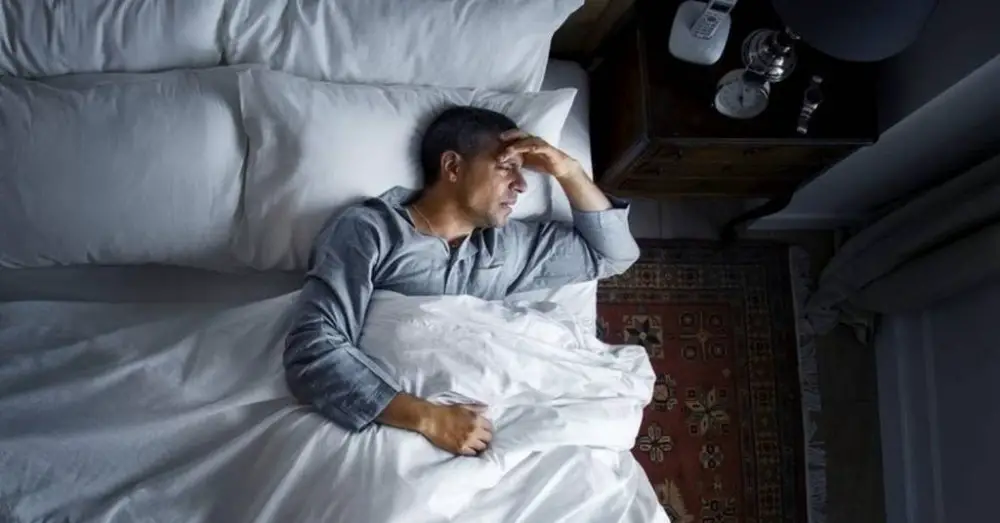Every night spent sleeping in a bright room, rather than a dimly lit room, can lead to a higher heart rate overnight and insulin resistance the next morning, a small study suggests.
The study included two groups of 10 healthy adults. One group slept in dimly lit rooms for two consecutive nights and the other slept in dimly lit rooms one night and then moderately lit rooms the next, according to the study. Moderately lit rooms were lit with 100 lux skylight, which is as bright as it would be on a cloudy day.
A 100 lux light could also be compared to a television screen on in a dark room or a street light shining through a thinly veiled window.
Incrise of cardiac frecuency
All study participants wore heart monitors to sleep, and on the second night, the group that slept in moderately lit rooms showed a marked increase in heart rate while they slept, compared to the night before, the researchers noted. The group that slept in dim light both nights showed no significant changes.
Research shows that heart rate increases when we sleep in a moderately lit room. Although we are asleep, the autonomic nervous system is activated . The autonomic nervous system regulates involuntary body processes such as breathing, heart rate, pupil dilation, and digestion, as well as the fight or flight response. If the autonomic nervous system increases the heart rate during the night, it’s bad. Typically, heart rate along with other cardiovascular parameters are lower at night and higher during the day.

Increased insulin resistance
The study authors also performed several tests to estimate the participants’ insulin resistance each morning of the study, after waking up. The hormone insulin normally helps cells absorb glucose, or sugar, from the bloodstream. But when cells are resistant to insulin, they don’t absorb glucose as easily, and the body produces more and more insulin to compensate. Over time, cells become resistant to even these skyrocketing insulin levels, causing blood sugar levels to skyrocket .
On the first morning, after sleeping in dimly lit rooms, both study groups had similar results on insulin resistance tests. These tests included testing the homeostatic model of insulin resistance, a calculation that takes into account fasting blood sugar and insulin levels, as well as direct testing of how the body responds to glucose, called an oral tolerance test. to glucose and the Matsuda insulin sensitivity index.
On the second morning, those who had to sleep in light did worse on these tests, while the group that slept in dim light did about the same or better than the day before. Exposure to a single night of ambient light during sleep increased measures of insulin resistance the next morning.
So it seems that the harmless act of sleeping with light can be quite harmful to your health.